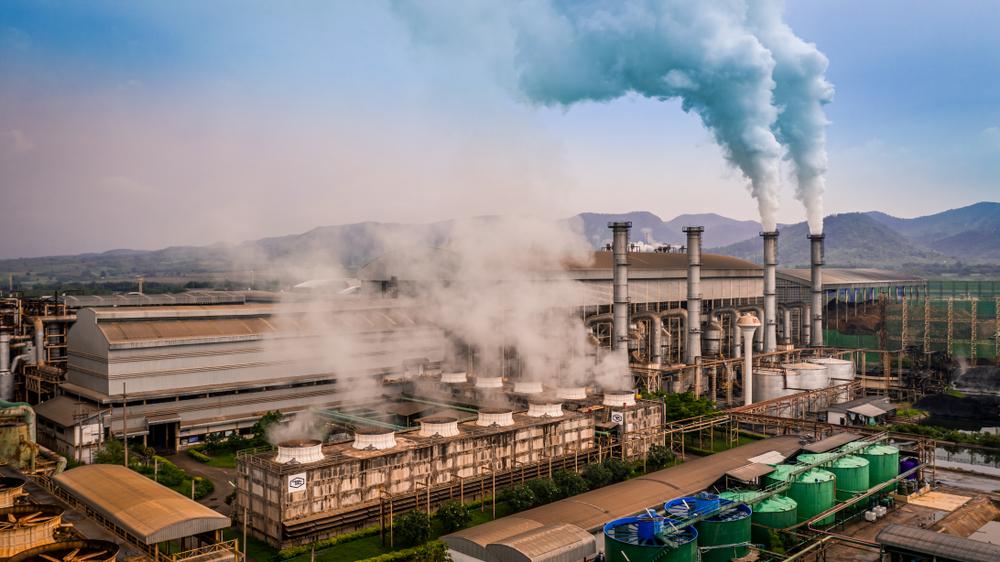Commentary
There’s no chance that the Biden administration could push through a ban on gasoline engines or diesel engines or natural gas-fired power plants. Such proposals would be dead on arrival in Congress. But in our hyper-bureaucracy, there are other, stealthy options available, and the administration seems poised to use them.





